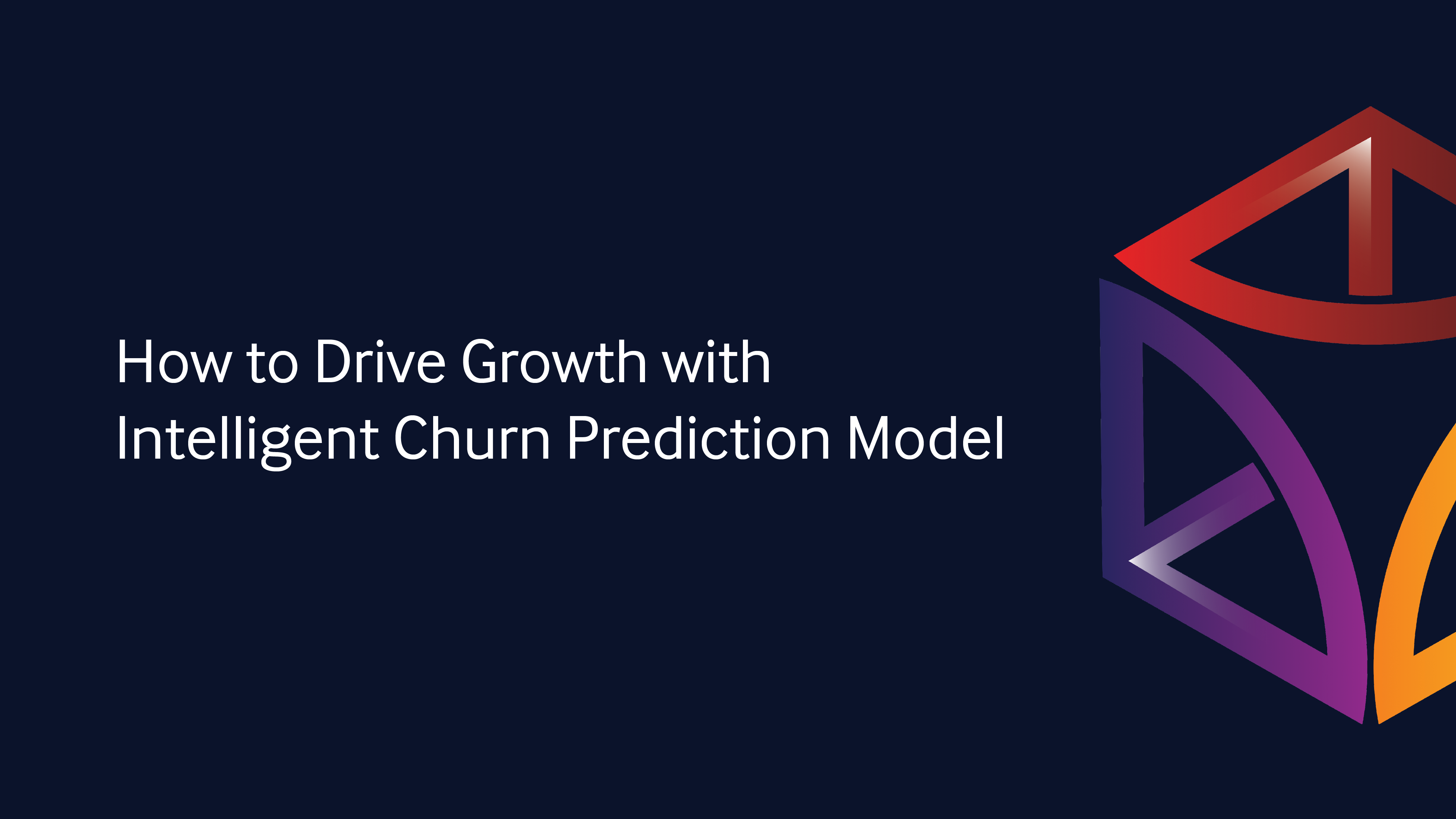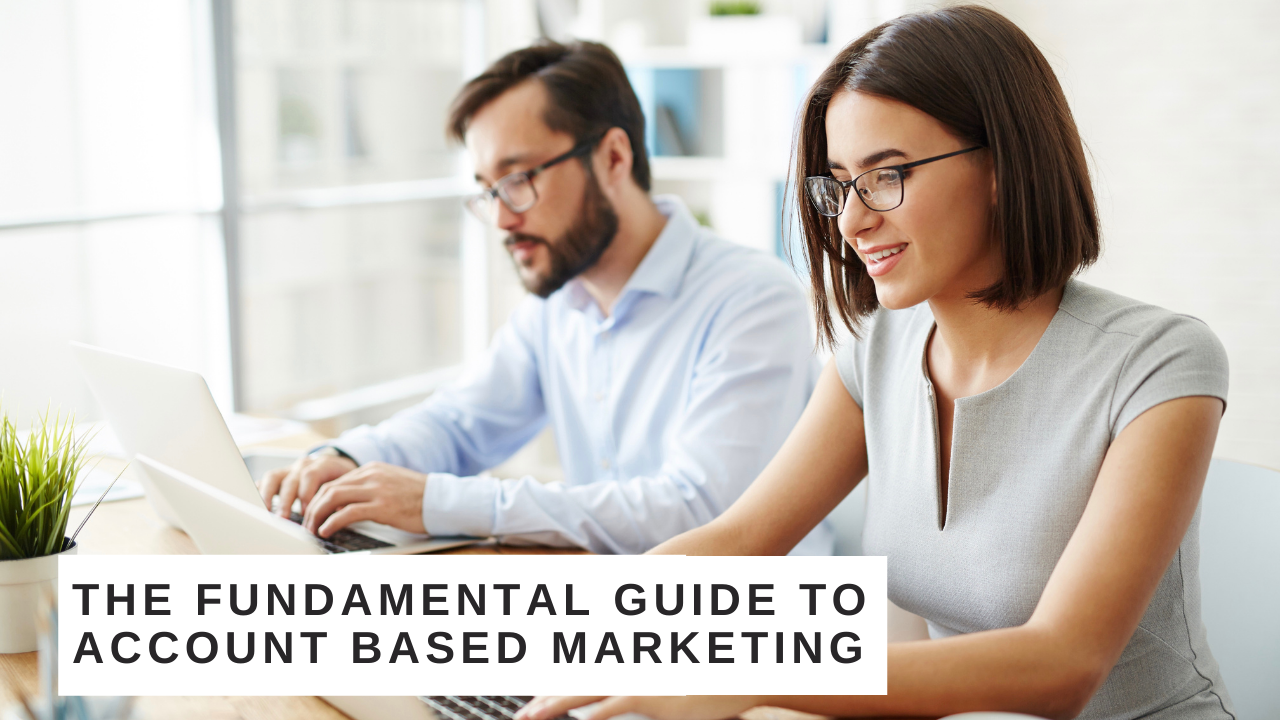The Fundamental Guide to Account-Based Marketing
8 minutes read

CMI's Enterprise Content Marketing research shows that 34% of businesses use account-based marketing and 21% plan to incorporate it.
This marketing strategy helps create what traditional ads lack; personalization. It allows businesses to gather data on their target customers to create personalized messages and increase engagement.
Read on for a guide that begins with ABM basics and then provides the more advanced methods that will lead you to success.
What Is Account-Based Marketing
Account-based marketing or ABM is an approach used by sales and marketing teams.
They target specific accounts and identify which ones are the most important. They gather data on the most high-priority accounts and use it to create customized messages.
There are several different forms of ABM that all follow a similar process. Choosing the right type and how to use it depends on the needs of your business.
Forms of ABM
One-to-one account-based marketing selects and targets 5-10 top-tier accounts. Despite being the most common approach, it's resource-heavy and best for businesses that want to narrow their focus.
One-to-few selects larger segments of accounts, known as clusters. They're categorized based on challenges, relationships, and other factors. It's the most cost-effective method.
One-to-many account-based marketing uses several types of software to gather data. It's able to work on a large scale and personalize marketing information for each account.
The ABM Process
Stakeholder and sales-marketing alignment begins when key stakeholders buy in. Each one must be analyzed to see what it needs and how it fits into the business.
Sales and marketing alignment is an essential part of making an account-based marketing strategy work. The sales and marketing team must work to achieve the same objectives and focus on the same target accounts.
Account selection and definition involve determining what an ideal account looks like and which potential accounts match this description. The decision should be objective but data-driven.
Data and insight provide the sales and marketing teams with information that helps them decide how to reach their target accounts. The types of information it may involve includes:
- Transaction and engagement history
- Engagement history
- Pain-points
- Priorities
- Media habits
- Buyer journeys
- Connections and contacts
The program, proposition, and content step is where the sales and marketing team create personalized content and messaging for their target accounts. They use the information gathered in the data and insight step to do so.
Account-Based Marketing Tools
The right ABM technology helps you manage and use your data more efficiently. Types include martech, intent data, adtech, and programmatic ABM.
Search for tools that automate each step of the process. Find ones that can handle sentiment analysis, data gathering, and other daily tasks of account-based monitoring. Each one will save you time and money.
Budgeting for ABM
Approximately 24% of marketing budgets go towards account-based marketing programs. They're one of the most popular and important investments a business can make.
Create a budget for each account based on its priority level. This keeps you from spending too much on low-value accounts.
Who Should Use ABM
Account-based marketing is perfect for:
- High-ticket products or services
- High-value, limited-scale marketplaces
- Sales teams with a high value-per-deal ratio
- Business with a long list of target companies or team-led buyer journies
ABM helps larger companies target their most valuable accounts. Small businesses may think they don't need it, but they can still benefit from it.
ABM helps you find similar small businesses to work with and analyze your data more efficiently This can increase your ROI by helping you develop personalized marketing and engagement and prioritizing sales follow-up.
How to Succeed at ABM
A successful ABM marketer must have several essential skills, which only 1% of marketers believe their team has. You'll need to be a strategic, long-term thinker.
Develop the Right ABM Strategies
Knowing the basic steps of the ABM process isn't enough to make it work for you. You've got to develop plans, categorize and cater to your targets, and work with the sales team.
Plan for every part of the process. Develop a budget, get buy-in upfront, and set your timeframes before you begin.
Categorize your contacts based on whether they're social, content, or ego-led. This will help you determine which types of messages will connect with each of them.
Find out what each account needs and show how you can provide it. Your ads should speak to them on an emotional level to show how your products or services are aligned with their values and can solve their problems.
The sales and marketing team need to work together to solve the same goals.
Create Households
Creating households involves defining the relationships between each of your accounts. You can look at the individuals themselves, group digital devices that share IP addresses, or create custom households based on behaviors.
This process allows you to categorize your account. You'll enjoy better engagement if you create customized messages for each household based on their shared characteristics.
Use Customer Data Platforms
A customer data platform, abbreviated as CDP, stores customer data in a centralized database. It identifies each account with a unique data trace known as a digital footprint.
Marketers are responsible for managing all the information in a customer data platform. It's the ideal tool for account-based marketing for several reasons.
The average business uses 17 different applications to house customer data, but a customer data platform creates a centralized database. This makes all attempts to access customer data faster and more efficient.
47% of new business data has one or more errors, and 57% of marketing efforts suffer from this disparity. This applies to account-based marketing as well. A customer data platform provides clearer, more accurate data.
Focusing on customer experience leads to increases in revenue of up to 80%. This is in part because excellent experiences cause 49% of customers to make impulse purchases.
Use Sentiment Analysis
Sentiment analysis uses AI to analyze customer feedback to determine how they actually feel and if their responses are genuine or sarcastic. It can analyze audio, video, and text.
Sentiment analysis has several applications, including everything from predicting ROI to determining if a driver is drunk based on their usual startup procedures. It's also useful for analyzing data in ABM campaigns.
Use Lead Scoring
Lead scoring ranks each lead on a value scale. Businesses can use the score to determine the priority of each one.
There are several types of leads. They include:
- SALs or sales accepted leads
- SQLs or sales qualified leads
- MQL or marketing qualified leads
An MQL is one of the most valuable types because they have the highest level of interest in your products or services.
There are several ways to measure a lead, including:
- Overt qualifications from responses to forms
- Implicit qualification from behavioral and demographic scoring
Once you've measured a lead, send it to CRM to be evaluated by the sales team.
Lead scoring makes the sales process more efficient, reduces lead response time, and increases conversion rates.
Measure Your Success
To measure your success with account-based marketing, you'll have to look at account engagement and conversion.
Account engagement involves how and how often the individuals within your accounts are engaging with your content. Measure how often they share your content, click on your emails, and attend your events or meetings.
Conversion measures how this engagement translates to sales and involves more than just ROI. Look at how many deals you close and how valuable they are. Also, consider the length of your sales cycle.
You can also measure your success during the sales process. Quantify how valuable your prospects find their ABM experience and how their opinion influences your sales. Look at coverage, engagement, impact, and influence.
ABM Examples
There are several account-based marketing examples you can learn from.
A well-known one-to-one ABM example comes from the story of a company that found out the CEO of their prospective client loved comic books.
They created a custom one just for him, mailed it to him, and published it online. He set up a meeting hours later and officially became their client.
A useful one-to-few example comes from a company that gathered target client's positive reviews. They sent them in a burro backpack with a personalized note. Their efforts led to a 36% increase in response rates.
A recent study proves the usefulness of one-to-many ABM.
Target accounts were separated into two groups. Half received customized ads, and the other half received more generic messages.
The personalized half had 60% higher email open rates and 29% higher reply rates.
These examples show how to use the different types of account-based marketing. You need to customize your marketing efforts to ensure they meet your client's needs and make them feel valued.
Account-Based Marketing Benefits
77% of B2B marketers believe account-based marketing improved the success of their target accounts.
ABM can improve your sales process. It leads to shorter sales cycles, better pipelines, and lower acquisition costs.
ABM increases marketing re-engagement and creates additional upsell and cross-sell opportunities.
At least 87% of businesses say ABM increases ROI more than any other type of marketing. 27% of businesses also saw an increase in their C-level engagement.
ABM leads to better sales and marketing alignment.
Where to Find Account-Based Marketing Tools
Modern customers no longer respond to cold, general forms of advertising. They want personalized messages that speak to their needs and values.
This is why account-based marketing is so essential. It allows business to customize their marketing efforts to reach individuals and prioritize these prospects.
Put It Forward can handle all of your data management functions. Get a demo of our ABM solution today.

Elsa Petterson
Partner success manager @ Put It Forward











